#doc savage the man of bronze
Explore tagged Tumblr posts
Text

Doc Savage: The Man of Bronze #1
#doc savage: the man of bronze#doc savage the man of bronze#doc savage#the man of bronze#pulps#adventure#dat rack#brian stelfreeze#millennium comics#comics#90s comics
17 notes
·
View notes
Text
Doc Savage's outfits from the 1975 movie
















He really is the Man of Tomorrow, since he dresses like he's in the 1970s in a movie set in 1937!
#aesthetic not costume#doc savage#clark savage jr#pulp#pulp heroes#two-fisted pulp#doc savage the man of bronze#the man of bronze
46 notes
·
View notes
Text

Check out those jodhpurs! A Marvel UK ad for the Doc Savage: The Man of Bronze movie starring Ron Ely. Released in cinemas in the UK on 13 July 1975. The comic strip then starts a reprint in The Super-Heroes weekly from No. 23 of that title. The artwork shown here is by the great teaming of John Buscema and Tony DeZuniga.

#02aug#1975#doc savage#marvel uk#ron ely#13jul#the man of bronze#the super-heroes#09aug#tony dezuniga#john buscema
71 notes
·
View notes
Text
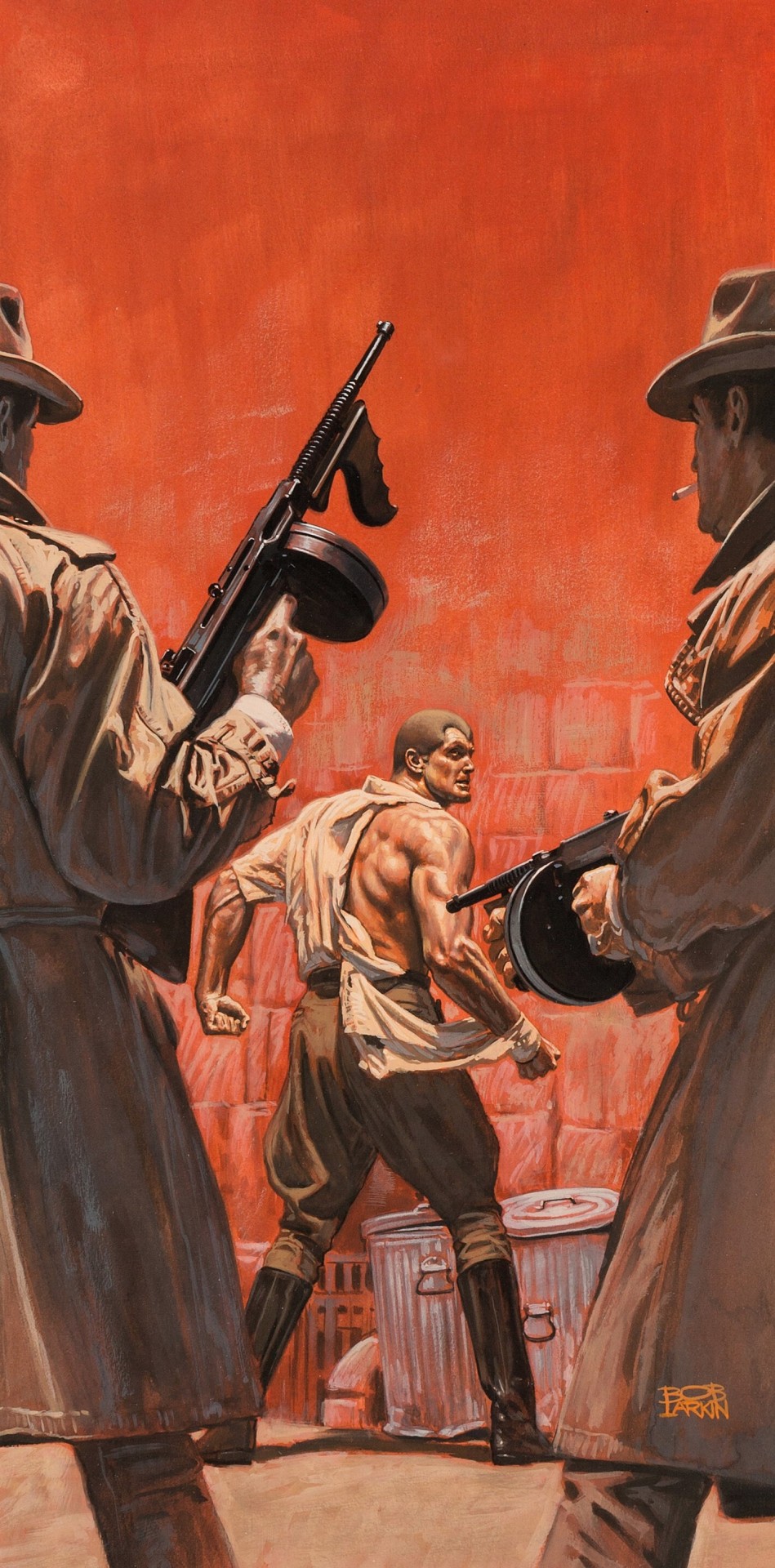
Doc Savage - art by Bob Larkin (1984)
#bob larkin#doc savage#pulp art#pulp heroes#the man of bronze#cover art#the king of terror#bantam books#1980s#1984
112 notes
·
View notes
Text

Doc Savage, the Man of Bronze, by James Bama.
28 notes
·
View notes
Text



RON ELY (1938-Died September 29th 2024,at 86.Death announced on October 23rd).American actor and novelist.Ely is best known for having portrayed Tarzan in the 1966–1968 NBC series Tarzan and for playing the lead role in the film Doc Savage: The Man of Bronze (1975). He hosted the Miss America pageant telecast in 1980 and 1981.In 2016,Ely suffered a personal tragedy,when his 30 year old son,Cameron,murdered Ely's wife,Cameron's mother,Valerie Lundeen,and was then shot dead by responding police,whom Ely sued in court,before settling the case.Ron Ely - Wikipedia
#Ron Ely#American Actors#Actors#American Novelists#Novelists#Tarzan#Doc Savage#Doc Savage Man of Bronze#Notable Deaths in September 2024#Notable Death sin 2024
3 notes
·
View notes
Note
Doc Savage (Man of Bronze) vs The Lost Skeleton of Cadavra

6 notes
·
View notes
Text

Midnight Reads The Doomsday Clock
12 notes
·
View notes
Text
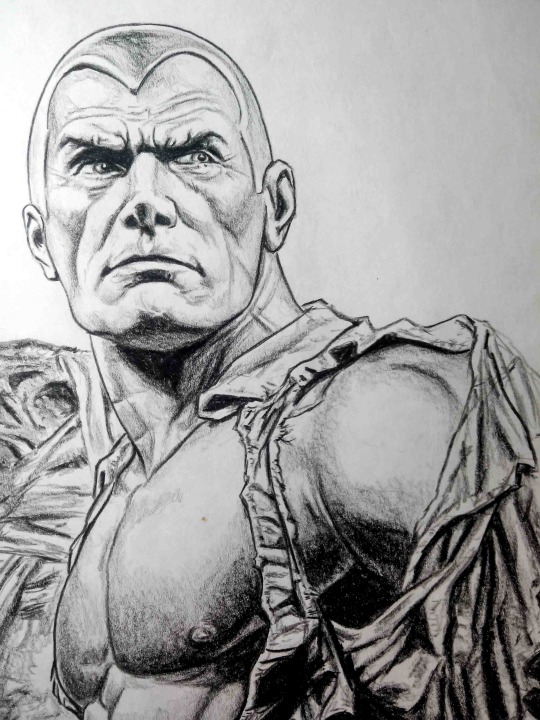
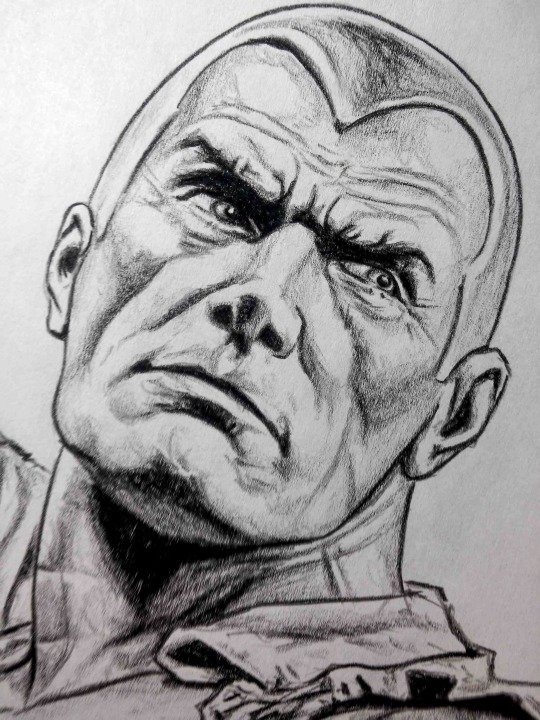
Steve Holland as THE MAN OF BRONZE
5 notes
·
View notes
Text

I painted this watercolor of Pulp Hero Doc Savage last year, he is the inspiration for modern Several Super Heroes; Since debut in 1934 Doc Savage captivated audiences with his adventures in Pulp Magazines, Novels, Comics, Radio and Film, It's safe to say The Man of Bronze has withstood the test of Time.
#Doc Savage#Man of Bronze#Pulp Magazines#Pulps#Clark Savage#Watercolors#Clark Savage Jr#Pulp Fiction#Pulp Heroes#Street & Smith#Two-Fisted Pulps#Kenneth Robeson#Lester Dent#Traditional Art#Watercolor Illustration#Watercolor Art#Proto Super Heroes
5 notes
·
View notes
Text
Athelind Long's Superhero Chronology
Cross-Published from my Blogspot blog, Kirby Dots & Ditko Ribbons. INTRODUCTION There's a tendency to divide the different eras of comic book superheroes into "Golden," "Silver", and "Modern," with occasional, tentative attempts to parcel off the Bronze Age, as well.
Let's just say that this lacks nuance. The Superhero Genre has gone through a lot of trends and phases and distinctive cultures over the years, and lumping almost half of its history into some concept of "The Modern Age" is just phoning it in.
Some notes:
This is not quite the same as the ages of COMICS, though there's similar nomenclature, largely because comics history tends to focus on the superhero genre even when it tries not to. This is about SUPERHEROES, in more than just a single medium; the "Ages" only indirectly impact other genres.
All dates are approximate.
There's plenty of overlap between Silver/Bronze, Bronze/Iron, and Iron/Aluminum, but when I started looking a keystone events, I was astonished by how neatly everything fell into 15-year chunks!
THE CHRONOLOGY
Prelude (1830s-1938): The dawn of mass-produced popular culture: penny dreadfuls, dime novels, pulp magazines, newspaper comic strips. Folk heroes and detectives start sharing the pages with costumed adventurers, some with peak-human or superhuman abilities. Professor Challenger, Sherlock Holmes, The Nyctalope, The Shadow, Doc Savage.
Golden Age (1938-1953): Begins with Superman, of course; ends with Post-War Superhero Implosion and Frederic Wertham's anti-comics crusade. The JSA stopped appearing in All-Star Comics in 1951. Fawcett stopped publishing Captain Marvel in 1953.
Interregnum (1950ish-1960ish): A lot of historians make much of the gap between the Golden and Silver Ages, but, in retrospect, it's surprisingly brief. Superheroes never really go away, but they are de-emphasized in favor of other genres in comics, including horror, romance, and science fiction. Even at DC, other than Superman, Batman, and Wonder Woman, superheroes are relegated to back-up stories in anthology titles. Still, The Adventures of Superman with George Reeves remained popular throughout this period.
Silver Age (1954-1970): The Reign of the Comics Code Authority (est. 1954). Really starts to roll with the demise of EC Comics and the reboot of The Flash; peaks with the "camp" craze popularized by the 1966 Batman TV series; ends when Kirby Moves to DC and Marvel publishes the Spider-Man Drug Stories without the Code Stamp. Early on, formerly-anonymous creators start getting openly credited on the title pages of their stories; this starts at Marvel, but DC eventually follows suit.
Bronze Age (1971-1985): Begins with O'Neil and Adams revamping Batman and Green Lantern; Ends with the Crisis on Infinite Earths. Both DC and Marvel start paying closer attention to continuity and "relevance", and the most successful titles are the ones that most fully embrace an ongoing serial storyline (Legion of Super-Heroes, X-Men, The New Teen Titans). The specialty comic book shop starts becoming more common at the beginning of the era, and the closing years of the era herald a growing Creator's Rights movement, the birth of the Direct Market -- and the dawn of the independent publishers.
Iron Age (1986-2000): Begins with Deconstruction: Elementals, The Dark Knight Returns, Watchmen, and the Wild Cards "mosaic novel" series. Ends with Reconstruction: Morrison's JLA, among others. Dominated by a determined effort to Take Superhero Comics Seriously. The Big Two kill off or "reinvent" goofy, campy Silver Age characters. DC tries very hard to bring coherency and consistency to its new, Post-Crisis timeline. Several independent publishers try cold-starting superhero "universes" of their own; most of them fail, but a lucky few manage to sell their characters to the Big Two (Ultraverse, Wildstorm).
Aluminum Age (2000-2015): When Everything is Recycled. Marvel starts the Ultimate Universe. DC resurrects Silver Age characters who got killed off in the Bronze and Iron Age. The Comics Code finally dies in 2011. DC does a succession of "sequels" to Crisis on Infinite Earths: Identity Crisis (2004), Infinite Crisis (2005-2006), and the deceptively-named Final Crisis (2008), culminating in another Hard Reboot with the New 52 in 2011. Marvel does its own version of Crisis with the Multiverse Incursion story arc in New Avengers from 2013-2015. "Decompression" and "writing for the trade" become common as trade-paperback collections become more economically important than the traditional monthly comic magazines ("floppies").
Digital Age (2015-Current): Superhero not only become mainstream, but actually dominate movies and TV for several years -- this starts in the Aluminum Age, with the MCU in 2008, but is solidly codified by the debut of Arrow in 2015 and an explosion of weekly prime-time superhero shows that lasts almost a decade.
Comments are welcome, but be civil! This is intended to provoke conversations, not fights.
#superheroes#chronology#golden age#silver age#bronze age#iron age#aluminum age#digital age#“modern age” is nonsense because what comes after it?
61 notes
·
View notes
Text

Doc Savage: The Man Of Bronze #3 cover. 1991. Art by Brain Stelfreeze.
#pulp heroes#doc savage#pat savage#brian stelfreeze#millenium comics#daryl banks#mark ellis#lester dent#kenneth robeson
31 notes
·
View notes
Text


Ronald Pierce Ely (June 21, 1938 – September 29, 2024) Film and television actor and novelist.
Ely is best known for having portrayed Tarzan in the 1966–1968 NBC series Tarzan and for playing the lead role in the film Doc Savage: The Man of Bronze (1975). He hosted the Miss America pageant telecast in 1980 and 1981.
He was in five episodes of the series Fantasy Island; in one, in 1978, Ely portrayed Mark Antony in a Roman military short tunic and breastplate. Also in 1978, Ely starred in the Wonder Woman television series two-part episode "The Deadly Sting."
Ely starred on the series The Aquanauts in 1960–1961.
In the 1980s, he hosted the musical game show Face the Music, as well as the 1980 and 1981 Miss America Pageants, replacing longtime host Bert Parks. Later in the decade, Ely starred in a 1987–1988 revival of the 1960s adventure series Sea Hunt as Mike Nelson, the role played by Lloyd Bridges in the original series.
In the 1990s, Ely's roles included a retired alternate universe variant of Superman in the Superboy episode "The Road to Hell", and hunter Gordon Shaw in the Tarzán episode "Tarzan the Hunted". Until about 2001, Ely made appearances on such television shows as Sheena and Renegade.
Ely retired from acting in 2001, but he returned to acting with an appearance in the television film Expecting Amish (2014). (Wikipedia)
IMDb Listing
#Ron Ely#TV#Obit#Obituary#O2024#Tarzan#Sea Hunt#The Aquanauts#Fantasy Island#Face the Music#Expecting Amish
9 notes
·
View notes
Text
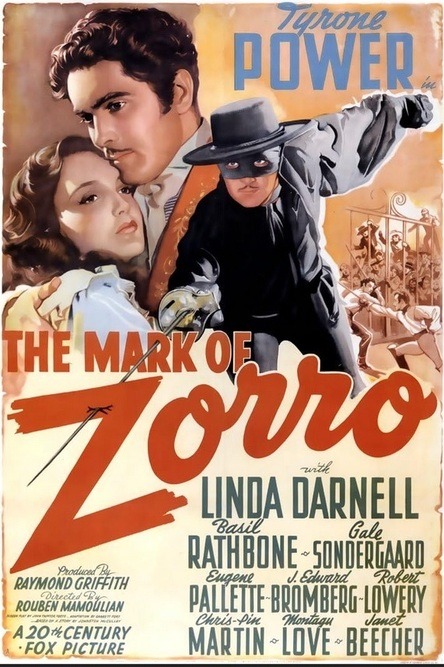
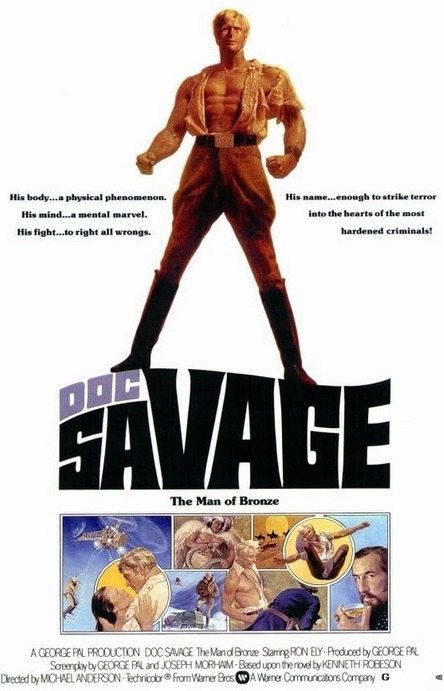

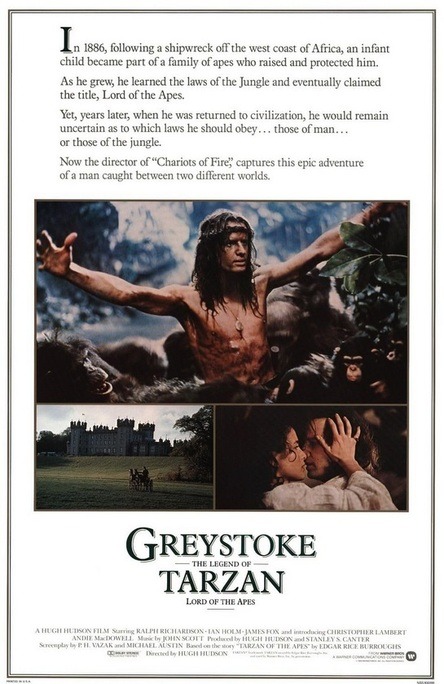
47 notes
·
View notes
Text

Bob Larkin's cover for the Doc Savage novel The Red Spider by Lester Dent (writing as Kenneth Robeson).
The Red Spider was written in 1948 for publication in the Doc Savage pulp magazine. However, Dent's new editor killed the story even though it had been commissioned by the previous editor. Dent moved on and continued with his Doc Savage tales.
A copy of the story was found In Street & Smith's (the publisher of Doc Savage, as well as The Shadow) files. The story was finally printed in 1979 as book #95 in Bantam Books paperback reprint series of all of Doc's adventures.
#Doc Savage#Clark Savage Jr.#The Red Spider#Street & Smith#Lester Dent#Kenneth Robeson#Bob Larkin#pulp heroes#The Man of Bronze
20 notes
·
View notes
Text
The Satan Sleuth by Michael Avallone

I'm two books into this series now. They have the advantage of being short, but also a number of flaws that detract from a reading experience that should be a pulpy good time.
The premise is sound: Playboy wunderkind Philip St. George has his wife killed in a Manson-style slaying. He instantly becomes a vigilante against Satanism. Although not literally Satanism, but more all varieties of seventies, In Search Of... weirdness. You know, ESP, Stonehenge, the Loch Ness Monster, the Bermuda Triangle. Anything that might catch Leonard Nimoy's attention, he's on it. His wife wasn't even killed by sincere Satanists, but more crazed hippies who say "Hail Satan!" in the same way Metallica might.
Amusingly, Philip is characterized somewhere between James Bond, Doc Savage, Batman, the Saint, and only a little bit the Executioner. The narrative constantly goes on about how he's a man among men, good at everything, physically perfect, his wife was the hottest thing on two legs, and so forth. By the end of the book, he's straight-up being compared to Jesus Christ. It's a hoot. Shades of Rick Dagless M.D. from Darkplace.
He starts calling himself the Dragon Killer, but then I guess he doesn't find that name dorky enough, because he switches to the Satan Sleuth. Yes, he actually calls himself that. And he doesn't actually believe in Satan, so it's a pretty far reach for a name that, y'know, blows.
These books are pretty thinly plotted. The killers in the first book turn out to be hiding out not far from Philip's mansion and they decide to head back to his mansion, allowing him to pick them off one by one. And in the second book, he's trying to find a werewolf, which amounts to stumbling across someone the werewolf has killed, then following the werewolf's tracks to its lair.
Well, I don't think anyone picks up a book called The Satan Sleuth expecting a Robert Ludlum novel. The real issue to me is the prose. As short as these books are, they feel incredibly padded out. Every sentence is textually underlined and circled, repeated ad nauseum, draining all the propulsion out of the storytelling. Avallone never uses one sentence when he can use three and a dozen adjectives. I'll quote an excerpt to show my point:
St. George had far more curiosity than the average man. He had had that long before the tragedy of Dorothea Daley, when he always wanted to know what was on the other side of the mountain—and now that he had dedicated himself to something greater than his own life and safety, that curiosity had to be satisfied. It must be satisfied, at all costs. Most especially if he wanted to end the Fletcherville reign of terror and bring to earth the monster stalking its terrain, terrorizing and killing its populace—as well as any drifters who wandered into the vicinity. All innocently to meet death. Man or monster—he would learn that, too. It was the work, the task, the career he had sworn himself to. Forever. Until his own ultimate end, whenever that might be. Philip St. George's coming of age had simply been a matter of the savage murder of his wife, Dorothea Daley St. George. His life had begun from that day forward—christened in blood. Which was why, he, one of the richest young men in the world, was now sitting on a rumpled, four-postered bed in a meaningless little town in the middle of nowhere, fiddling with a soaked-through black Bible, disguised as a dull-faced salesman, instead of yachting off Majorca or dawdling with bikini-bare, bronze-skinned beauties on the French Riviera. Or clipping coupons in the London Hilton. He had turned his back on that world. Without regret, without fanfare, without a look back to see if he had missed anything. Fletcherville had become important to him. The people of Fletcherville, specifically. People, particularly. All people. Mankind, everywhere. Vulnerable mankind, so often victimized by hocus-pocus and the blinding magic tricks of their own fears, obsessions, and prejudices. Prey to the voodoo, hoodoo, mumbo-jumbo of cant, strange beliefs, false doctrines, which supposedly led to another god, some other truer god. All the fake astrology, phony mystic, Satanism-inspired behavior that evoked lunatic cultism of all kinds and yet brought nothing but ultimate failure, hypocrisy, lies, and more often sickness, brain decay, and—death. All those who used the occult and mysticism as a personal source of profit and gain or simply for the sheer cruelty and viciousness of it—those were the enemies of Philip St. George, quondam playboy-adventurer-explorer. The man who had grown up, almost overnght, to become a crusader with his own very special crusade. Those who used the Devil to mask their enterprises would have to pay the piper for the dance they called for. And that piper was Philip St. George, The Satan Sleuth. What other kind of man would have waited three long, crawling hours for the wet pages of an ancient Bible to dry? To become of use.
Narration by Mojo Jojo.
This kind of navel-gazing goes on for pages on end, grinding the plot to a crawl and making me want to shake the author and go "GET ON WITH IT!" At one point, the big fighting climax pauses so that we can follow an FBI agent realizing the Satan Sleuth is real. It leeched a lot of the campy fun out of the reading for me.
Now, I used Kindle Unlimited to read these, so I feel I got my money's worth, but Amazon is charging an unbelievable five bucks a pop for these ebooks, each of which hover around 150 pages. For my money, not a good bargain.
8 notes
·
View notes